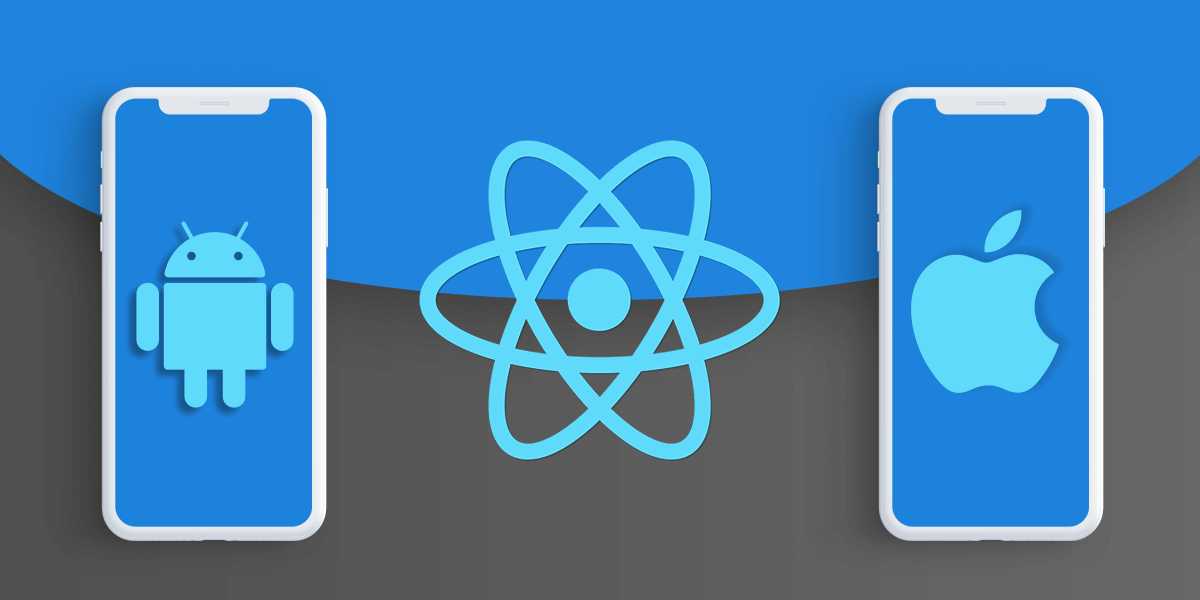Advantages of React Native Application Development
1. Code Reusability
One of the most significant advantages of React Native app development is the ability to reuse code across multiple platforms. Developers can write a single codebase that runs on both iOS and Android, dramatically reducing the development time and effort. This code reusability ensures faster deployment and easier maintenance, making it a highly efficient solution for cross-platform app development.
2. Performance
React Native applications offer near-native performance, which is crucial for delivering a smooth user experience. By using native components and optimizing JavaScript code, React Native achieves performance levels comparable to native apps. This is particularly beneficial for applications that require high responsiveness and complex animations.
3. Community Support
The React Native community is vibrant and growing, providing a wealth of resources, libraries, and tools. This extensive support network makes it easier for developers to find solutions to common problems and stay updated with the latest advancements in the framework. The active community also contributes to the continuous improvement and evolution of React Native.
4. Cost-Effective Development
Developing with React Native can be more cost-effective compared to native development. Since a single development team can handle both iOS and Android applications, businesses can save on hiring separate teams for each platform. Additionally, the faster development cycle reduces overall project costs, making React Native a budget-friendly option for react native mobile app development.
5. Hot Reloading
React Native's hot reloading feature allows developers to see the results of their latest changes immediately, without recompiling the entire application. This capability speeds up the development process and enhances productivity, as developers can quickly test and iterate on their code.

Challenges of React Native Mobile App Development
1. Performance Bottlenecks
While React Native apps perform well for most use cases, they may encounter performance bottlenecks in scenarios involving heavy computations or complex animations. Native development might still be preferable for highly demanding applications, as it allows for more fine-tuned optimizations.
2. Limited Access to Native APIs
React Native provides access to a wide range of native APIs, but there are instances where certain platform-specific features may not be readily available. In such cases, developers need to write custom native modules, which can add complexity and require expertise in native development.
3. Larger App Size
React Native applications tend to have larger file sizes compared to their native counterparts. This increase in size is due to the inclusion of the JavaScript runtime and additional libraries required to support cross-platform functionality. For applications where size is a critical factor, this can be a disadvantage.
4. Debugging Complexity
Debugging React Native applications can be more complex than debugging native apps. Issues can arise from the interaction between the JavaScript code and native components, making it sometimes challenging to pinpoint and resolve bugs. Developers need to be proficient in both JavaScript and native development to effectively troubleshoot issues.
5. Compatibility Issues
With frequent updates and changes in both React Native and the underlying operating systems, maintaining compatibility can be a challenge. Developers need to stay vigilant and keep their applications updated to ensure they function correctly across all platforms and OS versions.
Best Practices for React Native App Development
1. Optimize Performance
To mitigate performance issues, developers should focus on optimizing their JavaScript code and minimizing the use of unnecessary libraries. Utilizing native components wherever possible and offloading heavy computations to native modules can also help improve performance.
2. Manage Dependencies Carefully
Keeping dependencies updated and ensuring compatibility with the latest versions of React Native is crucial. Regularly auditing and managing dependencies can prevent conflicts and ensure the application remains stable and secure.
3. Modularize Code
Breaking down the application into smaller, reusable components can enhance maintainability and scalability. Modular code structure makes it easier to manage and test individual components, leading to a more robust and flexible application.
4. Leverage Community Resources
Taking advantage of the vast array of community-contributed libraries and tools can accelerate development. However, it's essential to evaluate the quality and reliability of these resources to avoid introducing potential vulnerabilities or performance issues.
5. Test Extensively
Thorough testing across all supported platforms and devices is critical to ensure a consistent user experience. Automated testing tools and frameworks can help streamline the testing process and catch issues early in the development cycle.
Conclusion
React Native presents a compelling solution for react native app development services, offering numerous benefits such as code reusability, cost-effectiveness, and strong community support. However, it also comes with its own set of challenges, including performance bottlenecks and debugging complexity. By following best practices and staying informed about the latest developments in the React Native ecosystem, developers can harness its full potential to create high-quality, efficient mobile applications.








